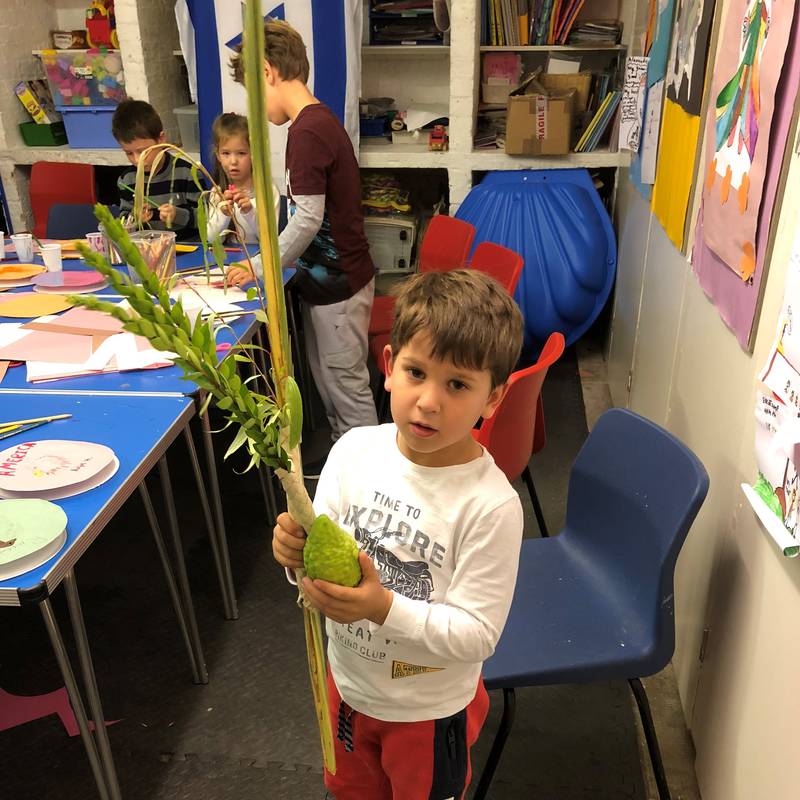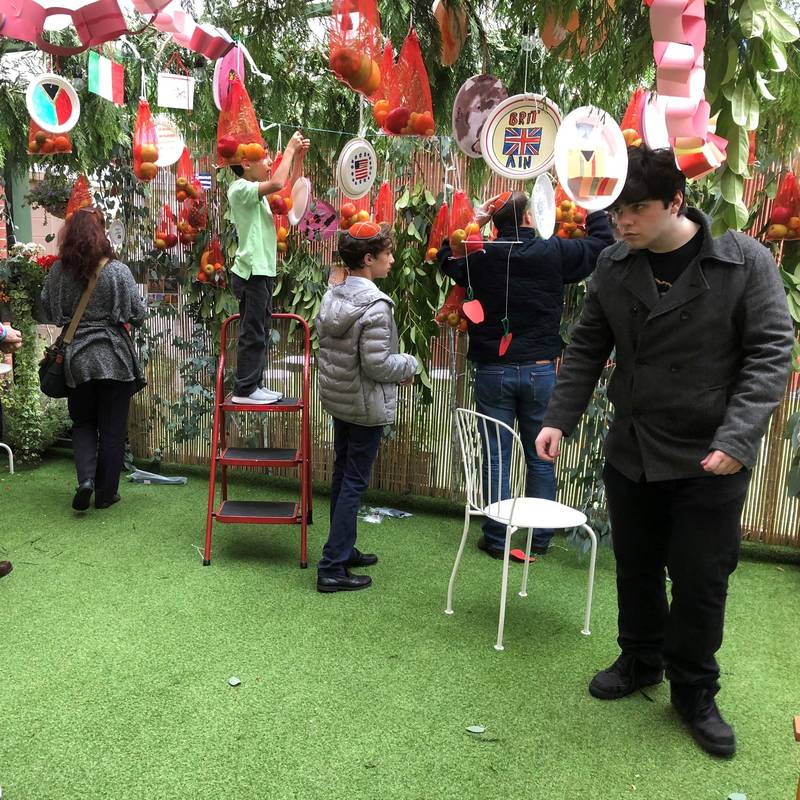



Sukkot is a very joyful festival having historical as well as agricultural roots. The festival commemorates the Israelites wandering in the desert for a forty-year period, a time when they did not have permanent but only temporary dwellings- hence the tradition that we build our own tents, or booths which is called a sukkah. The meaning of Sukkot is “booths” which refers to the housing during this period. Many people call Sukkot “Harvest Festival”, because at this time we also give thanks for the harvest and all that is provided for us by the earth.
The festival begins on 15th of Tishri, so five days after Yom Kippur and lasts for seven days. Shemini Atzeret and Simchat Torah, the festivals which follow Sukkot, are separate holidays, but often seen as a part of Sukkot. In Jewish literature the festival is often referred to as Z'man Simchatein, or the ‘time of joy’ and it is the last of the three pilgrimage festivals following on from Pesach and Shavuot.
What do people do?
On the first and second day of the festival no work is permitted. The most important activity on this festival is building the Sukkah, a booth with walls on 3 sides and a roof which should provide a covering but still leave us open to the elements, to feel the wind, see the stars and to be aware of our place in the universe and God’s power. This should remind people that the only security and protection we have is God. The tradition is that the sukkah is decorated with leaves, fruit and vegatables, and it is a mitzvah to eat in the Sukkah and even sleep there. The activity of sukkah building, as well as eating and possibly sleeping under the stars in the sukkah are great to do with children.
Services are held on the first and the last day of the 8 day Sukkah period and one of the other distinctive Sukkot traditions is the waving of the Lulav and Etrog, which are part of the Arba Minim, four species that come from Israel. The Lulav is a palm frond together with willow and myrtle leaves, while the Etrog is an essentially tasteless and odourless but nevertheless very curious citrus fruit. We wave them in every direction during the festival to represent that God is everywhere. This is also a real favourite for children.
What do we do at Westminster Synagogue?
We build our Sukkah, which is decorated by the children of Or Shabbat, our religion school. We also hold Kiddush and meetings in the sukkah when we can. Services take place on the first night and also the last night, which is Simchat Torah - a separate festival.
